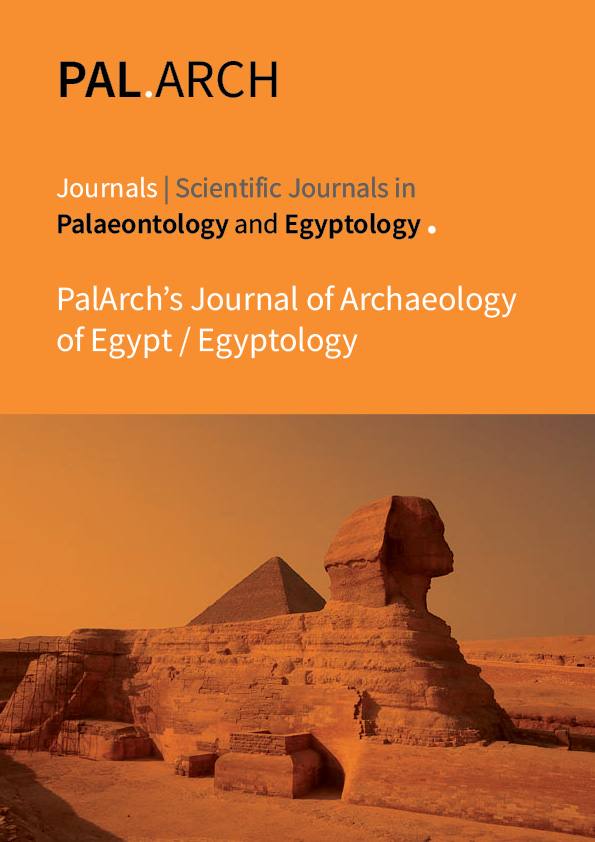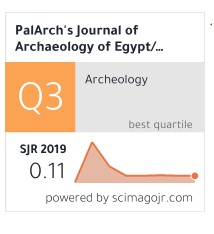THE FORMS AND BELIEFS THAT EXIST IN SANDSTONE CARVING OF PEOPLE IN VAT PHOU, CHAMPASAK PROVINCE, LAO PDR.
Abstract
The research on the choreography from the sandstone carvings of people at Vat Phou, Champasak province, Lao PDR., was aimed at 1) studying the forms and the beliefs that exist in the sandstone carvings of people at Vat Phou, Champasak province, Lao PDR. and 2) creating the choreography from the sandstone carvings of people at Vat Phou, Champasak province, Lao PDR. This paper will only focus on objective 1. This is qualitative research based on the study of the documents and field surveys. The research methods and the tools in collecting the data are a follows. The target group for the study can be categorized into two groups: 1) The target group that consists of the sandstone carvings of people in the main sanctuary of Hong Nang and Hong Thao that are found in the lintel, gable, and the decorated pillars on the door frames and the pillars and 2) The target group of people, which consists of key informants, casual informants, and general informants. Surveys and observations were used in acquiring the field data from Vat Phou. Structured interviews were used on the general informants. Non-structured interviews were used with the key informants. Group discussions were used with the casual informants. The Cultural Diffusion Theory and the Semiology theory were used, as well as the triangulation method to verify the data.
The result shows that 1) the sitting postures were most found on the lintel 2) the beliefs received the influence from Brahmanism-Hinduism, which can be further categorized into four groups 1) sandstone carvings influenced by Shaivism 2) sandstone carvings influenced by Vaishnavism 3) sandstone carvings influenced by the secondary tier gods, and 4) sandstone carvings influenced by the servants of the gods (the servasnt group). The carvings are connected to the Shiva dance from the Book of Natya Shastra that talks about the twenty postures of Indian dance and dramas.



